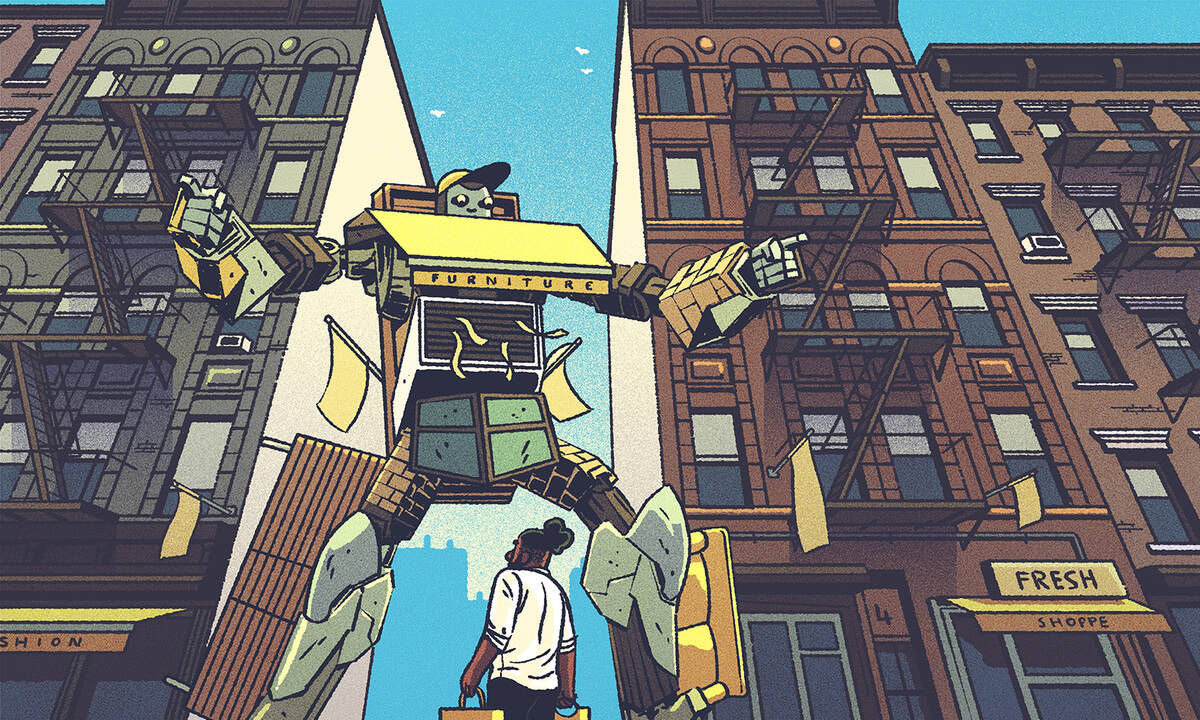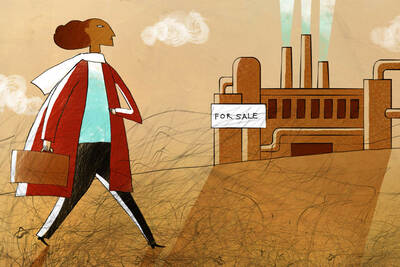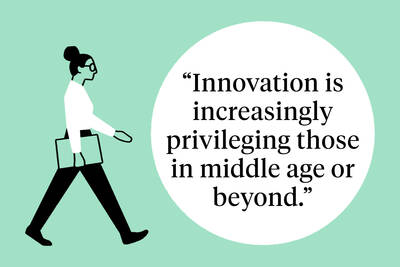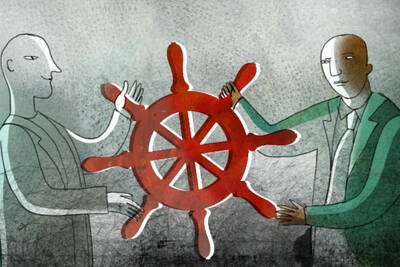Innovation Entrepreneurship May 15, 2020
3 Strategies to Transform Your Business for the Pandemic Economy
You know you need to adapt. But how?

Michael Meier
Given the widespread disruption from the COVID-19 pandemic, nearly all companies are having to reassess where they fit in the market and what they might change to stay viable.
But despite considerable headwinds, some businesses will find opportunities for growth by transforming themselves—sometimes radically, sometimes incrementally—in response to the pandemic.
Linda Darragh, a clinical professor of entrepreneurship and executive director of the Kellogg Innovation and Entrepreneurship Initiative, has identified three of the most promising strategies for growth-minded companies to take during the months ahead.
Help People Get Things
Among heightened fears of transmission, it may be awhile before many of us are ready to order a dress from Rent the Runway or jump on a bike share.
“You have to ask yourself: ‘Is my company there for people to use things—using offices through WeWork, using houses through Airbnb—or for people to get things?’” she says. “The companies that help people get things are going to be at an advantage right now. This shift is growing and will likely endure because of its ease of use.”
Delivery and e-commerce companies are at an obvious advantage now. Target, for example, is in talks to buy the technology assets of the same-day delivery company Deliv. And e-commerce companies that focus on the home in particular, such as furniture company Wayfair, are at a double advantage.
“People might be thinking to themselves, ‘Wow, our sofa is horrible. It’s time for an upgrade,’” Darragh says. “People want to get something, and Wayfair’s been able to pull new customers into its platform. Those customers are getting used to it. They see it works.”
For companies built on unique customer experiences, such as independent book stores and fine-dining restaurants, making the leap to being a company that gets people things will require a shift in strategy. This requires identifying what is unique about the customer experience that is replicable in the streamlined form of curbside pickup or mail order.
For Chicago restaurant Alinea, that has meant a six-course, prix-fixe dinner with white-glove curbside pickup and an elaborate manual that walks diners through the proper way to reheat and plate the meal at home.
“The hardest thing for them is recreating that experience that was unique to their establishment,” Darragh says. “They’re doing what they can, which is pretty interesting.”
Use What You Have—and Find What You Don’t
Another question companies should consider is whether their product or service is still relevant to consumers.
“If your customers are gone, you’re going to have to adapt for the needs of the current situation,” Darragh says. “This means companies need to look to their resources and capabilities to draw new customers using existing assets—like when a clothing manufacturer starts cranking out face masks.”
You have to ask yourself: ‘Is my company there for people to use things... or for people to get things?’ The companies that help people get things are going to be at an advantage right now.
— Linda Darragh
This may require finding new partners, she says. When GM and Ford began producing ventilators, for instance, it was in partnership with the U.S. government. “If you’ve suddenly got a different customer base, you’re going to have to find out who else has that customer base and partner with them to assist in acquiring customers,” she says.
Of course, not all successful pivots will be as drastic. Landmark Health, which provides in-home care for people with chronic conditions, recently had to reconsider how it would deploy its most valuable asset—its service providers. The company had wanted to grow its telehealth offerings, but it was waiting for regulatory change that would allow it. The pandemic forced the shift.
“Landmark was able to repurpose to telehealth in two weeks for all these patients,” Darragh says. “Now they’ve got 80-year-olds using FaceTime and WhatsApp like they never have before. More importantly, it has allowed Landmark the time to acquire the PPE they will need to redeploy their people back into homes. So, when that happens, they’ll have established this hybrid model of telehealth and personal visitation.”
And for some companies, the most valuable resource might be its own customer base and the relationships those customers have built with the company.
“There’s a little store that I frequent where the owner has a great customer database, so she knows what I buy,” Darragh says. “She sends out pictures from her inventory that she thinks I would be interested in, sets up one-person appointments to come to the store, and offers delivery to my doorstep free of charge if I want it. I don’t have any other retail store that’s reaching out to me like that. That’s that high-touch experience.”
Look for New Opportunities
Finally, Darragh advises companies to look at changes in consumer behavior that are happening outside of their industry. They might just find their next opportunity in an unexpected place.
Take retail real estate. With many big-box stores unlikely to reopen, Darragh sees a window for other companies to put those resources to use.
“Given current supply-chain disruptions, we may see an increased demand for warehouses,” Darragh says. “Why not use vacant retail space instead of building new warehouses?”
Other businesses will find opportunity in repurposing different kinds of real estate, she says—including office space, given the inevitable trend toward remote work.
“It’s about asking what people are using more of, or less of, or what they will need now or a few months down the line,” Darragh says.



